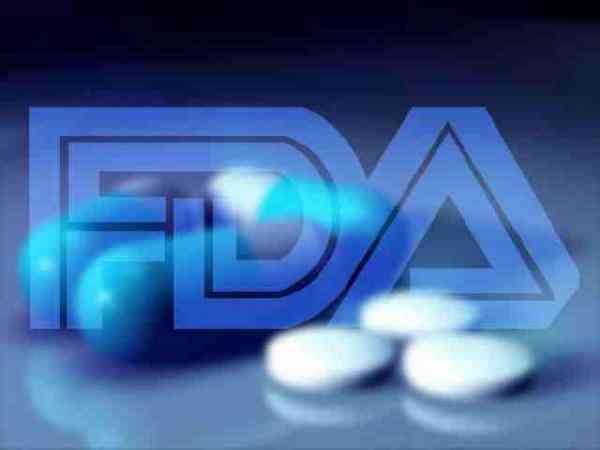Regulations and costs have doubled with no improvement in consumer safety - they were already safe - helps keep new antibiotics from being worth spending time and money on. Yet we need ones because nature is out to kill us, and she mutates pathogens to survive medicines. To prevent needless deaths from infections, government will need to take a lesson from COVID-19 and embrace pharmaceutical innovation again, which will mean taking out regulations that have added 10 years and a billion dollars to drug approval.

Small molecule drugs are one of the areas where academic science can help experts provide valuable applications quickly. No one can fix government except government, but science can get the ball rolling and there are numerous instances where academics consulted for the private sector(2) or even created things outright and it would have had immediate impact if the US FDA was not trapped in 1980.(3) Yet academia doesn't write the checks and endure the red tape, which is why there are only 62 antibiotic drugs in development but almost 2,000 for cancer. Antibiotics are used by far more people, but that is the problem. Drug costs lend themselves to populism. A company like Mylan can exploit the US regulatory system and charge a fortune for an EpiPen, a fortune which they then use for marketing to claim every child is at risk of anaphylaxis and every building needs to have an EpiPen - and replace it every year. Paid for by all of us. Antibiotics are only used when you need them, they don't prevent anything, and since they have been around 100 years, people want cheap. Which means politicians want to tell companies what to charge, regardless of how expensive the development and approval process is.
It's relatively easy to come up with candidates, it is the clinical trials - and an FDA that will require lawyers spending 18 months justifying the font color chosen for a label - that cost the money.
It's fixable, and perhaps with FDA creating a division just for food they can streamline new drug opportunities as well.
NOTES:
(1) Why spend 15 years and a billion dollars when some Congressional Rep. on C-SPAN engages in populism about drug prices and threatens to do to drug discovery what government did to health care - triple the cost while reducing actual access?
(2) They would be banned from IARC Working Groups, though. You are not allowed to consult for "industry" but epidemiologists being paid by environmental groups lobbying against products they are in an IARC Working Group to declare a carcinogen, or epidemiologists being paid large "expert witness" contracts by trial lawyers who want to sue over products IARC will declare a carcinogen are just fine. All thanks to IARC leadership that in 2009 ruined the reputation of a once-great organization - and turned them into just another UN group that exists to create problems they will need more funding to solve.
(3) Despite CRISPR being around for nearly 10 years, the first approved product is only now in the regulatory cycle. For Sickle Cell disease. Frankenfood hysteria in the current administration - the Democratic party once even tried to get warning labels put on GMOs nationwide - followed a COVID-19 pandemic during the Trump years that basically prevented modernization that would help save lives with no safety issues.




Comments